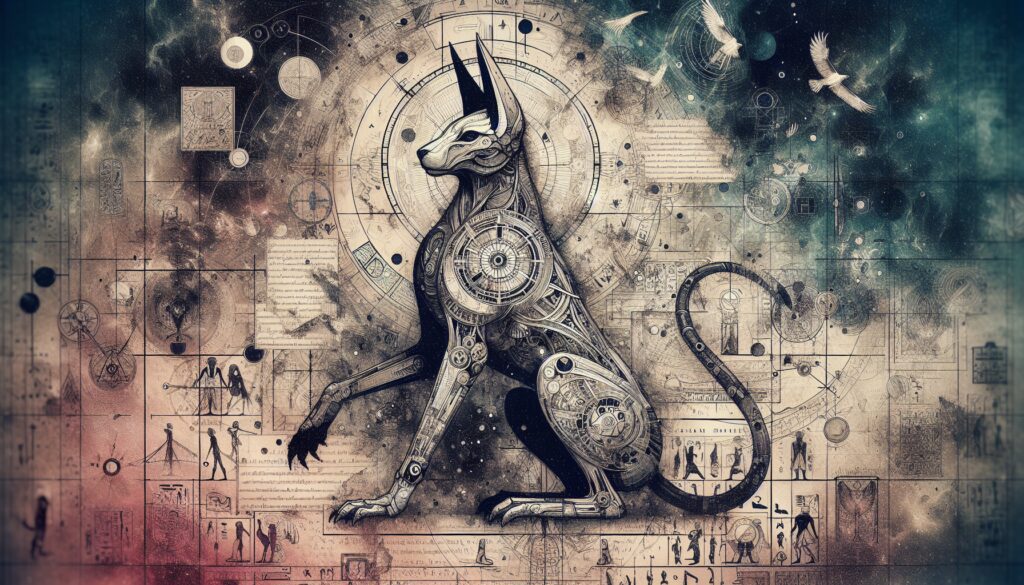Throughout history, there have been numerous accounts of dog-headed people living in distant lands. These creatures, known as sinocephalus (meaning “dog-headed”), have been depicted in various forms, such as the Egyptian god Anubis, who has the body of a man and the head of a jackal. Detailed written accounts by explorers, conquerors, and missionaries of these sinocephalai in India, Asia, Africa, and Europe are remarkably consistent, with descriptions found in writings as recent as the last few hundred years.
Clear depictions of sinocephalai can be found in the works of notable figures such as Saint Augustine, Alexander the Great, Marco Polo, and even Christopher Columbus. Maps like the Purity Race map of 1513 also depict these beings, not just once, but twice.

Ancient Accounts of Sinocephalai
One of the earliest accounts of sinocephalai dates back to around 400 BC in Indica, where Greek physician Ctesias describes a race of dog-headed people inhabiting the lofty and inaccessible mountains of India. According to Ctesias, these beings:
– Bark like dogs to communicate with each other
– Understand the Indian language but cannot converse, only barking or making signs with their hands and fingers in reply
John Mandeville’s account from the mid to late 1300s also describes the sinocephalai as intelligent, reasonable, and devout, with the odd characteristic of eating their prisoners of war.
Saint Christopher: A Dog-Headed Giant
Saint Christopher is not only said to be a dog-headed being but also a giant. His immense stature allowed him to carry people across a river on his shoulders, and it is even said that he helped carry Jesus across when he was a child. This act of kindness contributed to his sainthood.
Evidence of Giants and Hybridization
The Bible mentions the existence of giants, and evidence of their presence can be found in the petrified mountains that resemble titans. Additionally, there are accounts of wickedness, cannibalism, and hybridization of humans and animals during those times.
The Petrified Corpse of Anubis in Egypt
The author claims to have discovered the literal corpse of a petrified Anubis in the middle of Egypt. The terrain allegedly shows the head, mouth, nose, eyeball, neck, body, torso, and even a tail of the creature. When compared to images and hieroglyphs of Anubis, the similarities are striking, especially the presence of a staff-like object that is often depicted with Anubis.
The author also found other anomalies in the Egyptian terrain, such as a bird-looking creature and an owl-looking one, which seem to resemble certain hieroglyphs.
Additional Interesting Facts
– In medieval European art, Saint Christopher is sometimes depicted with the head of a dog, possibly due to a mistranslation of the Latin term “Cananeus” (Canaanite) as “canineus” (canine).
– The ancient Egyptian god Anubis was associated with mummification, embalming, and the afterlife. He was often depicted as a black canine or a man with a canine head.
– Cynocephaly, the condition of having a dog-like head, is a rare congenital disorder in humans. It is characterized by a malformed skull and facial features, but it does not result in an actual dog head.
– The concept of hybridization between humans and animals is a common theme in various mythologies and folklore around the world, such as the centaurs (half-human, half-horse) in Greek mythology and the Nāga (half-human, half-serpent) in Hindu and Buddhist traditions.







